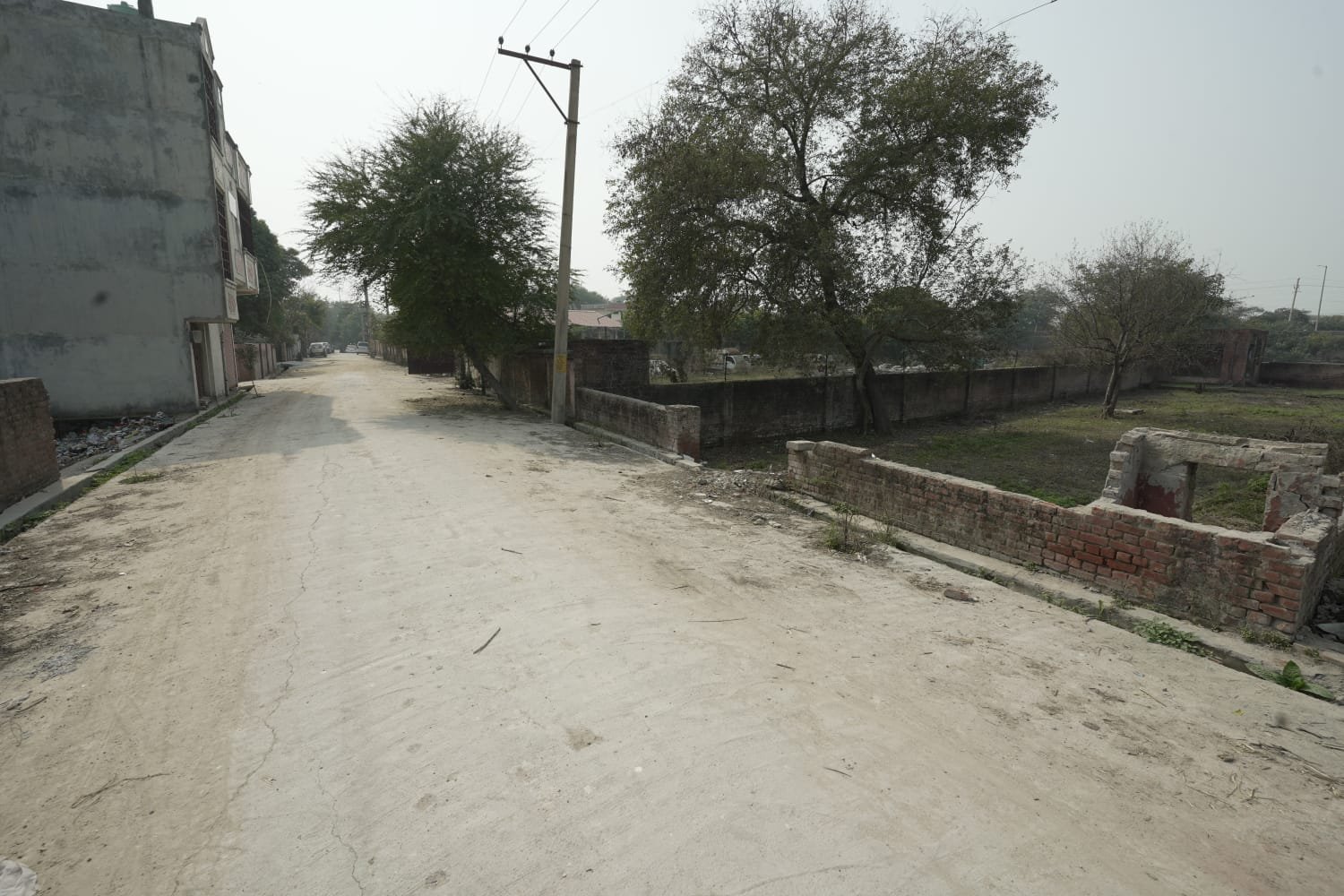India’s urban development and economic growth are now significantly influenced by foreign investment, especially in larger cities like Delhi. Plot development in the capital city has been significantly impacted by foreign investment, which has significantly changed the real estate market. Many changes have been brought about by this financial inflow, impacting Delhi’s urban planning, economy, and geography.

What are the market dynamics and economic boosts you should be aware of?
Delhi’s real estate market has seen significant financial inflows from overseas investors, which has raised liquidity and stimulated development. Plots in Delhi for homes, businesses, and industries have all been financed by foreign investors drawn by the large profits and expanding market potential. The market has become more stable as a result of this money inflow, increasing its resistance to changes in the domestic economy. Furthermore, it has increased land values, particularly in desirable areas, which reflects the growing desire for developments of the highest calibre.
Infrastructure Development and Modernization:
Modernizing Delhi’s infrastructure is one of the biggest effects of foreign investment. Modern facilities and amenities have been developed, mostly thanks to international funding. Foreign investor-backed projects frequently follow international guidelines and use cutting-edge technologies and environmentally friendly procedures. This modernization improves the entire urban environment by extending beyond individual plots to entire neighbourhoods. For example, the construction of IT hubs, commercial parks, and opulent residential complexes made possible by foreign investment has raised the bar for standards of quality and design. By presenting Delhi as a cutting-edge, contemporary city, these projects not only increase the city’s aesthetic appeal but also draw in more capital.
Reforming Policies and Changing Regulations
Aiming to make the climate more investor-friendly, regulatory reforms have also been spurred by the influx of foreign investment. In order to loosen restrictions on foreign direct investment (FDI) in the real estate industry, the Indian government has implemented policies that allow 100% FDI in townships, housing developments, and infrastructure projects, while also lowering the minimum capitalization requirements. Foreign investors now find it simpler to access the market and make planned development investments because of these reforms. Additionally, they have improved accountability and transparency, which has decreased the risks involved in real estate transactions. Delhi has thus grown in appeal to foreign investors hoping to take advantage of the city’s development potential.
Social and Economic Consequences for Plots in Delhi:
Foreign investment in plot development has a complex socioeconomic impact. On the one hand, it has boosted local economies and produced job possibilities. Foreign capital-funded construction projects need a sizable workforce, ranging from unskilled labourers to qualified engineers, which helps to create jobs. Conversely, the increase in land values brought about by foreign investment may result in gentrification, which may force out lower-class inhabitants and change the neighbourhood’s social structure. Urban redevelopment can result in socioeconomic gaps despite the fact that it also delivers better infrastructure and modern amenities, underscoring the necessity for balanced development plans.
Conclusion: Unquestionably, foreign investment has changed Delhi’s plot-development scene. By stimulating the economy, updating the city’s infrastructure, and instigating regulatory changes, it has established the city as a top location for international capital. Foreign investment will continue to be a major driving force behind Delhi’s development into a world-class metropolis.










